Here are brief descriptions of the papers that will be presented next September 13th at the Mis-Shapings conference.
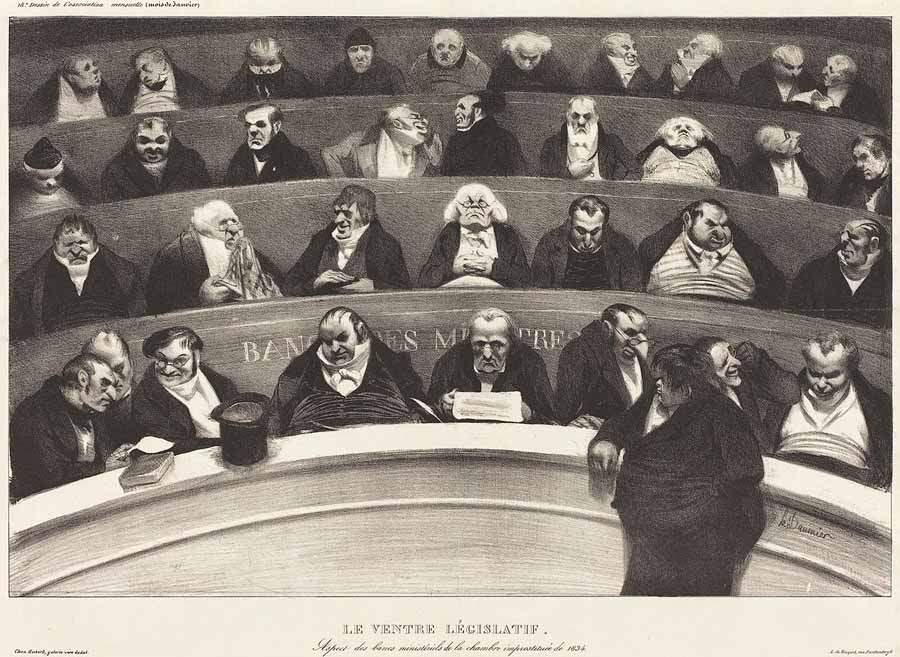
Honoré Daumier, Le ventre législatif, 1834

Here are brief descriptions of the papers that will be presented next September 13th at the Mis-Shapings conference.

Honoré Daumier, Le ventre législatif, 1834
Here are the bio-bibliographical profiles of the Mis-Shapings conference‘s speakers.
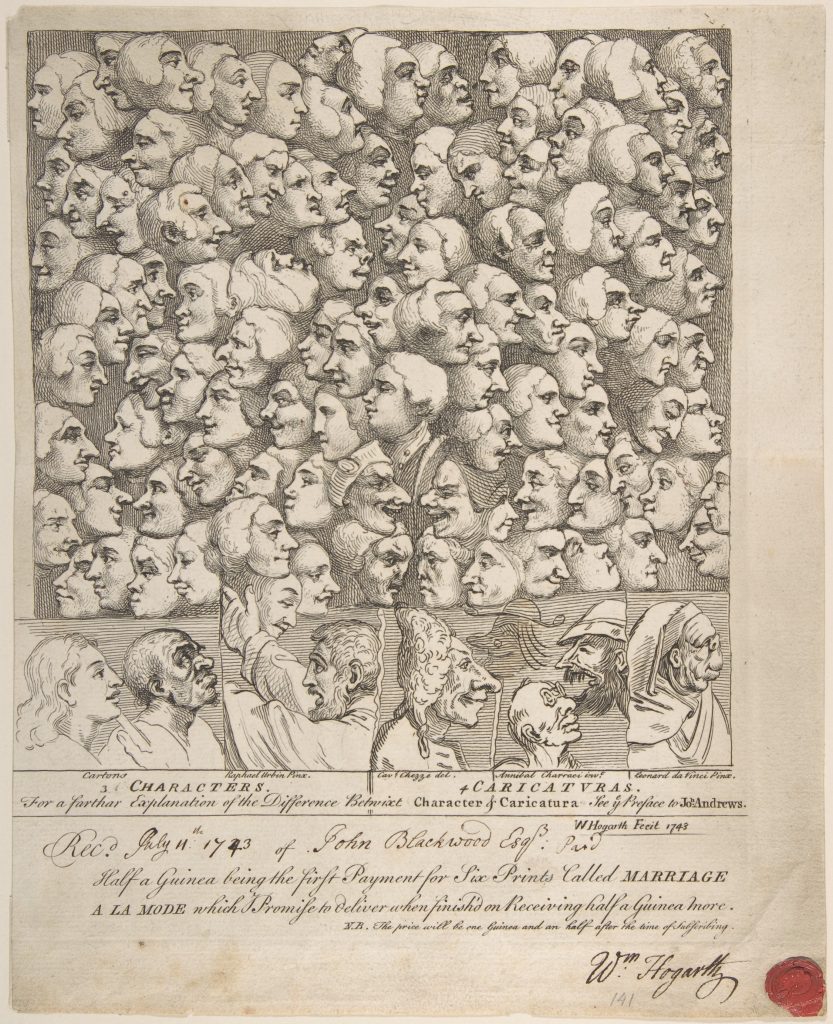
William Hogarth, Characters and Caricaturas, 1743
On April 7th I participated in the British Society for Literature and Science annual conference at Oxford Brookes University, with a paper entitled Out of the Comfort Zone. Dan Brown’s Origin as a standpoint on literature and science. What follows is the text of my talk.
In his last novel Origin, the bestselling author Dan Brown imagines that an acclaimed scientist and futurist, whose name is Edmond Kirsch, is about to announce a disrupting scientific discovery on the origin of life. Right before the spectacular presentation of his research, Kirsch tells his long-time friend and old-fashioned humanities scholar Robert Langdon, the main character of several Dan Brown’s novels, including the groundbreaking Da Vinci Code: «Tonight is all about pushing people outside their comfort zones».
Similarly, the novel itself can push literary criticism and the humanities outside the comfort zone of their acknowledged interpretative practices, usually at unease with the analysis of such cultural objects, socially meaningful but aesthetically controversial. For sure, it pushes me out of the comfort zone of my research on Italian Studies, unfamiliar with popular and science fiction. Still, I decided to take-up Dan Brown’s challenge and displaced myself to look at the relationships between literature and science from the standpoint of a popular bestseller novel. To learn from the bestseller, where outstanding scientific discoveries are both simplified and overstated to fit into an appealing narrative framework, how literature and the humanities could address the major challenges entailed in the current scientific debate.
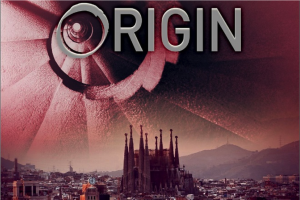
Wednesday 28 February I was at Warwick University as an invited speaker within the research seminar series of the School of Modern Languages and Cultures. I publish here an excerpt of my talk, summarising the main point I tried to make and discussing some example of literary caricatures. Here the uncut version.
With this talk, I aim at clarifying the mutual enhancement of caricature and physiognomy. As Martin Porter puts it, physiognomy is a form of “natural magic”, a language in which all aspects of human appearance are natural “windows of the soul”. Physiognomy is assessed as “magic” and archaeological knowledge for the modern epistemology deprived it of recognised scientific reliability. Still, it has been a long-standing and pervading presence in Western Culture. Over time, it has registered the multiple and diverse attempts to connect what is visible of the human body to what is invisible and concerns the soul and the mind; to establish a relationship between the outside and the inside; to find homologies between superficial lines and deep forces, physical outlines and moral attitudes.
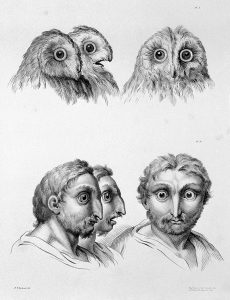
Lithographic drawings illustrative of the relation between the human physiognomy and that of the brute creation / From designs by Charles Le Brun. Wellcome Collection.
Is out my last essay, The Cognition of Priapus. Caricature procedures in Carlo Emilio Gadda’s Eros e Priapo. Here it is available the English abstract, while here you can find the whole essay in Italian.
I extract from the essay three different caricatural descriptions of Benito Mussolini provided by Gadda in his controversial pamphlet Eros e Priapo, written between 1944 and 1945. In the first, Gadda portraits the image of Mussolini speaking from the sadly well-known balcony:
Di colassù i berci, i grugniti, i sussulti priapeschi, lo strabuzzar d’occhî e le levate di ceffo d’una tracotanza priapesca: dopo la esibizione del dittatorio mento e del ventre, dopo lo sporgimento di quel suo prolassato e incinturato ventrone, dopo il dondolamento, in sui tacchi, e ginocchî, di quel culone suo goffo e inappetibile a chicchessia, ecco ecco ecco eja eja eja il glorioso, il virile manustupro: e la consecutiva maschia polluzione alla facciazza del «pòppolo».
At the beginning of the 17th century, the painter and engraver Antonio Tempesta realised a series of six caricatures inspired by the characters of Ludovico Ariosto’s Orlando furioso. Tempesta reveals the comic potential of Ariosto’s work by applying deformation not to the figures that Ariosto had already represented as comical, but to the characters which in the poem are examples of perfection and beauty. The visual interpretation both translates and extends the humoristic imagination entailed in Ariosto’s work.
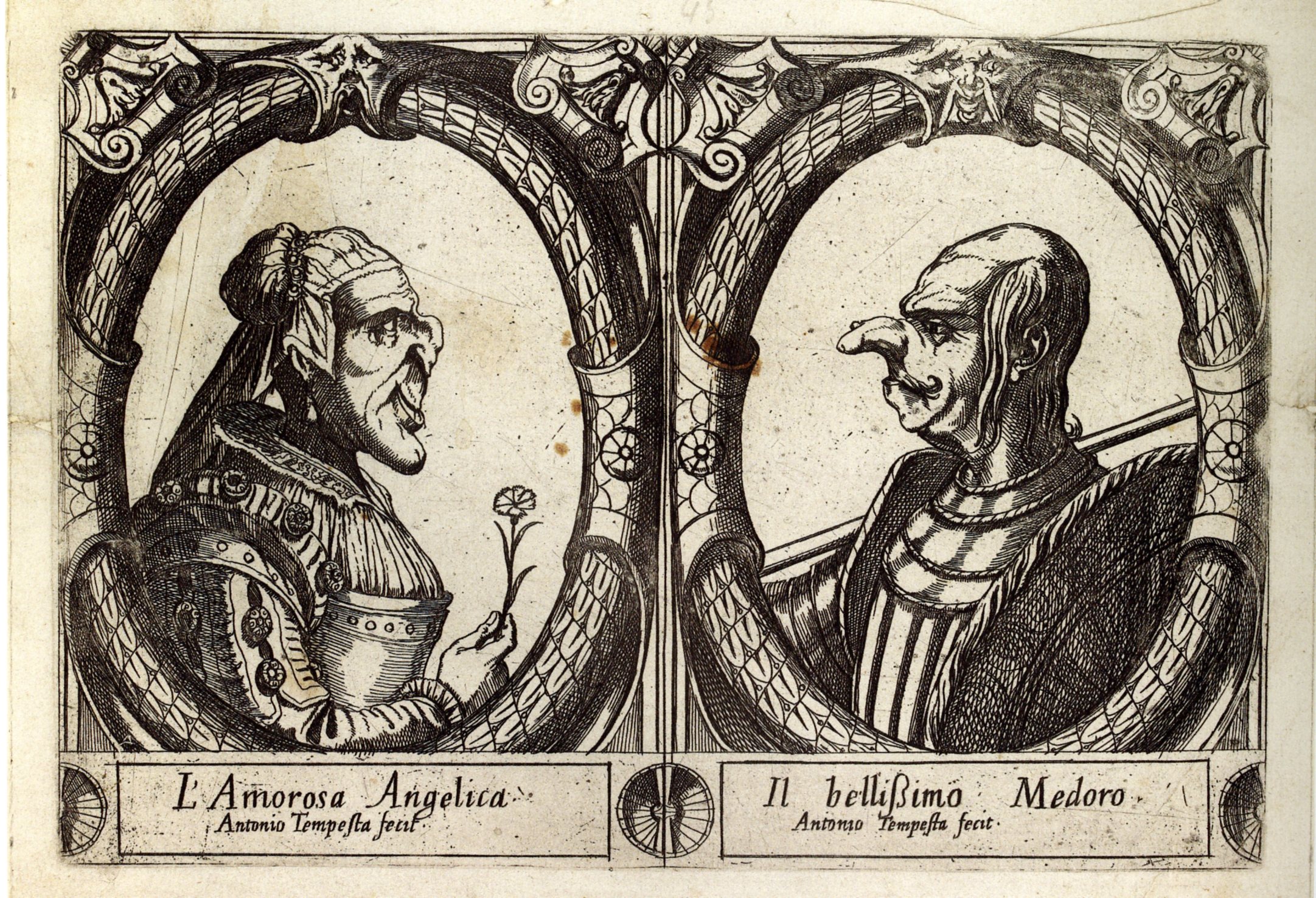
A. Tempesta, L’amorosa Angelica e Il bellissimo Medoro, 16th/17th Century. Source: Wikimedia Commons, public domain.